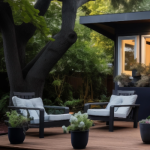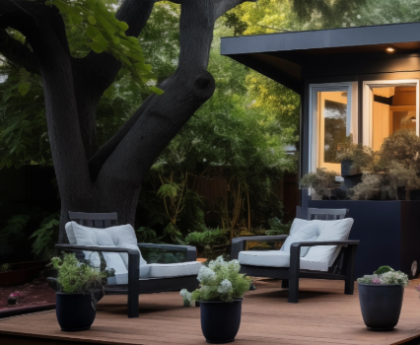
Americans across the nation are struggling to find a home. With a housing gap of 2.5 million homes and with housing permits trailing household formation in 73 out of the 100 largest metros in the country, the good news is that states are proposing solutions.
Over 300 housing bills have been introduced across the states. While these contain an array of reforms tackling housing-related issues like minimum lots sizes and parking requirements, a noticeable amount of the bills address accessory dwellings units (ADUs) and removing the barriers to their construction.
“Accessory dwelling unit” is an umbrella term for a type of housing that can take many shapes and forms. On a technical level, an ADU is “a residential living unit on the same parcel as a single-family dwelling or other primary use… that provides complete independent living facilities for one or more persons.” Common examples include granny flats, backyard cottages, and above-garage apartments, but altogether, there are over 35 different terms used to describe ADUs.
The variety of names given to ADUs hints at the fact that these units are often used to address a variety of specific housing needs. Some use these units to create a second income stream. Families often use ADUs to provide housing for family members like elderly parents or newly graduated children who need a space that balances proximity with independence—while also being affordable. ADUs, which typically rent for a few hundred dollars less a month than standard housing, can meet that need.
This year, Colorado, Hawaii, Nebraska, New Jersey, and Virginia are just a few of the states considering easing restrictions for ADUs. Nebraska’s bill would make constructing ADUs a right on a lot containing a single-family dwelling. Similarly, Colorado’s bill allows the construction of ADUs on lots zoned for single-family homes and preempts local regulations restricting the construction of these dwellings.
In states that have passed reforms to ease ADU permitting, ADU construction has flourished. Washington and Oregon both added a few thousand ADUs to their markets after streamlining relevant regulations in the early 2000s. California is the most notable example: since passing ADU reforms in 2016 and 2019, it has experienced a 15,334% increase in ADUs permitting, resulting in 83,865 additional permitted ADUs. Of the ADUs constructed since 2018, 24% of these qualify as “very low-, low-, or moderate-income units,” according to the California Department of Housing and Community Development.
Noting the success of these reforms, ALEC members approved the Accessory Dwelling Units Act last year (One of ALEC’s Essential Policy Solutions for 2024). This model policy authorizes the construction of ADUs on residential lots and those zoned for single-family dwellings across a state. Additional sections outline building requirements, permitting processes and deadlines, and relevant regulations that would remain under local control.
As interest and inflation rates remain high, Americans are increasingly at risk of becoming rent burdened or entirely priced out of homes. States might not be able to cut these rates, but they can tackle the rules and regulations that add almost $100,000 to new home prices. ADU reform like ALEC’s model Accessory Dwelling Units Act offers states a gentle solution to cut regulations and “promote economic self-sufficiency and address shortages in housing supply and… housing affordability problems.”




